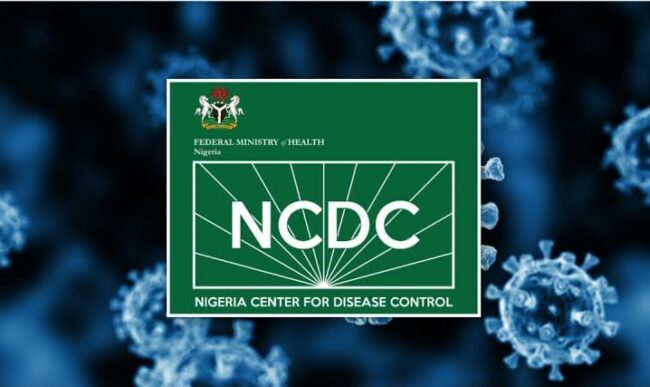The Nigeria Centre for Disease Control and Prevention (NCDC) has reported at least 151 deaths and 1,826 suspected cases of meningitis, resulting in a case fatality rate (CFR) of 8.3 percent.
The outbreak, affecting 23 states, is exerting significant pressure on public health resources, especially in northern Nigeria, where the majority of cases have been reported.
According to the Epidemiological Week 12 Report, covering the period from March 17 to March 23, 2025, a total of 289 samples were collected from suspected cases, with 126 confirmed positive, resulting in a 44 percent positivity rate.
Among the confirmed cases, the most prevalent strain is Neisseria meningitidis serogroup C (NmC), accounting for 27 percent of cases, followed by Neisseria meningitidis serogroup W (NmW) at 13.5 percent.
The outbreak predominantly affects children, with the 5-14 age group comprising the highest proportion of both suspected and confirmed cases. Additionally, there is a significant gender disparity, with 60 percent of total suspected cases reported in males.
According to the NCDC situation report, the crisis is most severe in 10 states, with Kebbi and Sokoto being the hardest-hit, accounting for 94 percent of suspected cases.
Gwandu LGA in Kebbi has reported the highest number of cases, with 313 suspected cases, followed by Tambuwal LGA in Sokoto with 155 cases.
ALSO READ: Tinubu will transform Nigeria soon—Shettima
In response to the growing crisis, the NCDC has intensified surveillance, sample collection, and public awareness campaigns. Efforts to provide vaccinations and other interventions are prioritized in high-risk states to control the disease’s spread and prevent further fatalities.
Health authorities urge Nigerians to seek immediate medical attention at the first signs of meningitis, including fever, headache, and neck stiffness, to reduce the risk of complications and death.
